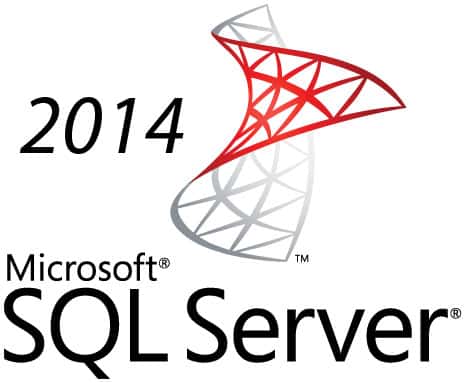 So, SQL Server 2014 CTP2 has been released and now we can have a look at some of its new features before its official commercial release later this year.
So, SQL Server 2014 CTP2 has been released and now we can have a look at some of its new features before its official commercial release later this year.
What we’re mostly interested in is, obviously, improvements related to backups and restores. Here is a shortlist with improvements.
At the time this article was written only SQL Server 2014 CTP2 was available, so information related to this subject is limited to only what was known from the perspective of the CTP2 edition.
SQL Server 2014 for backups
What has SQL Server 2014 brought in terms of value for the backup segment? Here is a shortlist with the improvements known.
SQL Server backup to URL
This is a feature that is present since SQL Server 2012 SP1 Cumulative Update 2 (CU2), but it was only supported through T-SQL Scripts, PowerShell, and SMOs (SQL Server Management Objects).
In SQL Server 2014 you can now use the visual interface of SSMS (SQL Server Management Studio) to do a backup or a restore from Windows’s Azure Blob storage. This new option can be accessed through both the standard Backup task or through a Maintenance Plan.
SQL Server Managed Backup to Azure
This feature is actually built on top of Backup to URL and this is a service that SQL Server provides in order to be able to manage and schedule two types of backups, database, and log backups.
In CTP2 only the backup to Azure storage is supported and can be configured at both database and instance level which will allow you to have a granular control at the database level and also be able to automate on the instance level.
You can also configure SQL Server Managed Backup to Windows Azure on instances that run on-premises and instances which run on Azure virtual machines.
Encryption for backups
Now you have the possibility to encrypt the backup file during the backup operation. This feature now supports multiple encryption algorithms which include AES 128, AES 192, AES 256, and Triple DES.
You will have to use either a certificate or an asymmetric key in order to perform encryption during the backup process.
There are also other improvements that SQL Server 2014 will bring to the public and you can find a list of other improvements here.